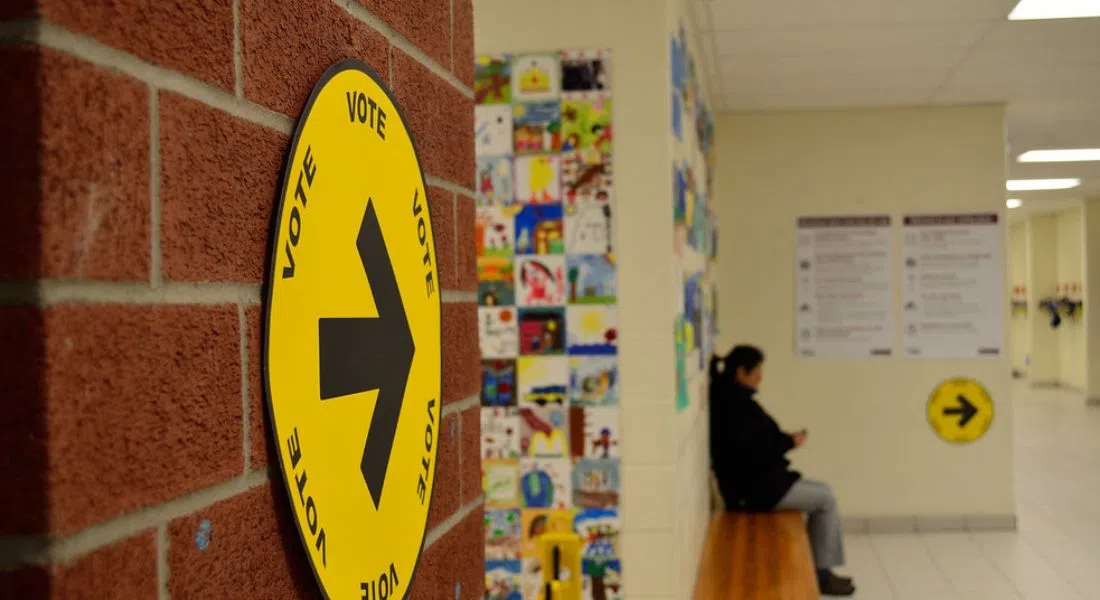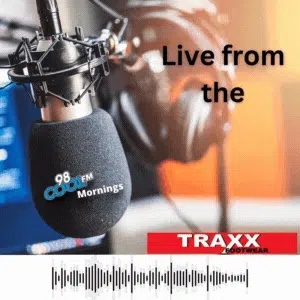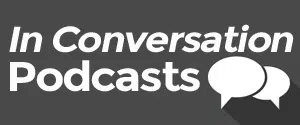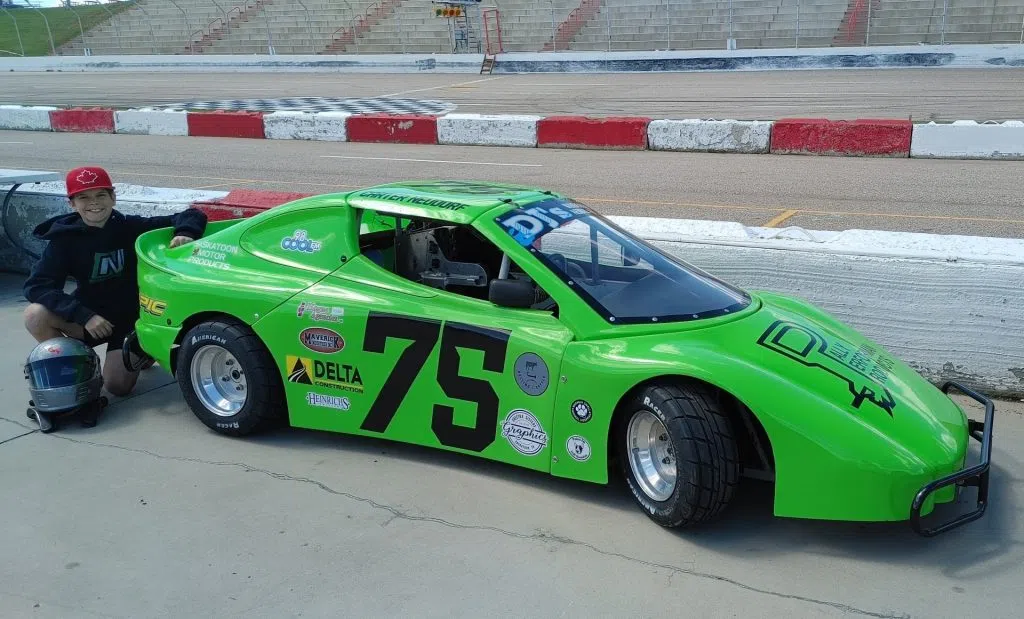An assistant professor in political studies at the University of Saskatchewan says it’s been years since the Liberals were looking this good in the province heading into a federal election.
Daniel Westlake acknowledges that Saskatchewan votes primarily blue, but if the Liberals can mobilize voters that haven’t voted in the past, they could have a shot at securing some ridings.
“I think there is one riding that is really interesting in Saskatchewan, the Desnethe- Missinippi- Churchill River. It’s essentially the northern half of Saskatchewan, and it has a large Indigenous population. It’s one the Liberals might be able to win anyways, but the more they can drive up turnout from Indigenous communities, the better the chance they have at winning that particular riding.”
He adds that, for the first time in a while, the progressive vote may not be split between the liberal and NDP parties, putting seats in play for the liberals that typically have not been in the past.
“In federal elections, over the course of the mid-2000s into the 2010’s and into the early 2020’s, voting was reasonable split between the Liberals and the NDP. It’s been a long time since we’ve seen a dynamic where the progressive vote is as consolidates as it looks like it might be.”
He adds that this probably won’t mean too many lost seats for the Conservatives, but it definitely makes for a new and interesting dynamic in Saskatchewan on April 28th as voters await the results.
When it comes to voter turnout, Westlake says it’s extremely hard to predict, but the recent turmoil between Canada and the United States might be a catalyst in drawing more people to the polls.
He also notes that despite a record number of Canadian visiting the polls on Friday, is not a sure-fire indication of higher voter turnout numbers.
Westlake says people at advanced polls are mainly there for one of two reasons; they are new voters that didn’t vote in 2021, or they’re people that did vote last federal election that either made up their mind more quickly this year or voting ahead of time for convenience reasons. Because there is no way of knowing, he says it wouldn’t be correct to assume more advanced poll users mean a higher overall voter turnout.
He adds that in 2021, voter turnout was 62 per cent, however that result came from the midst of the pandemic when many people chose not to leave their homes to vote.





